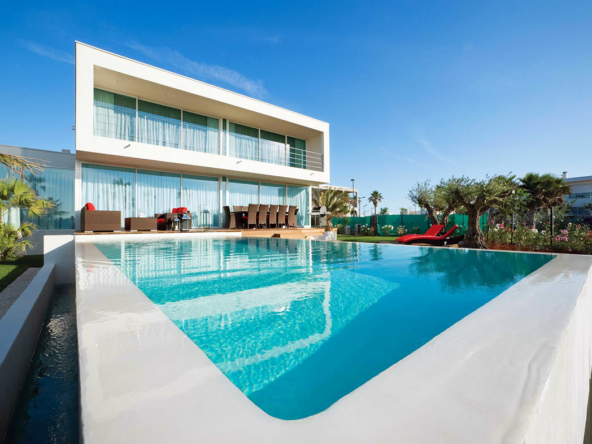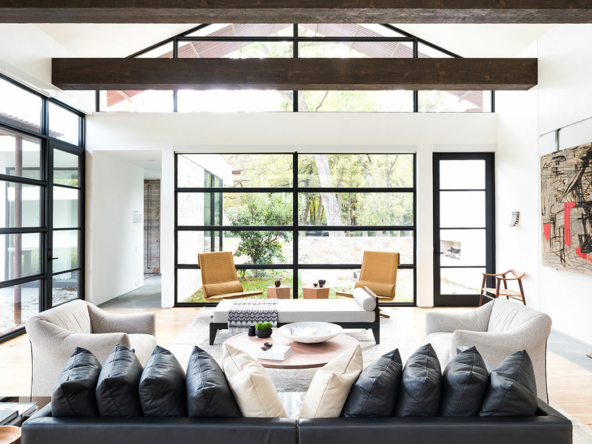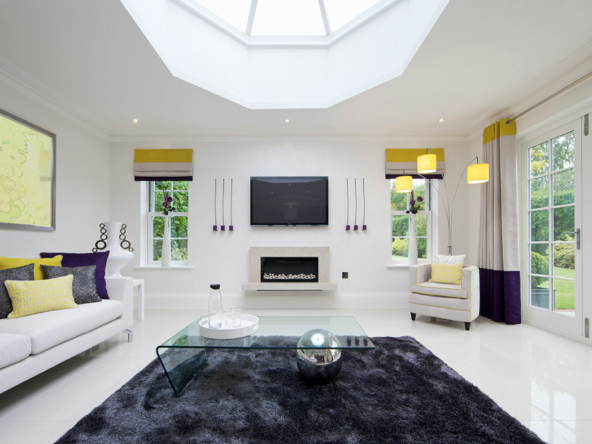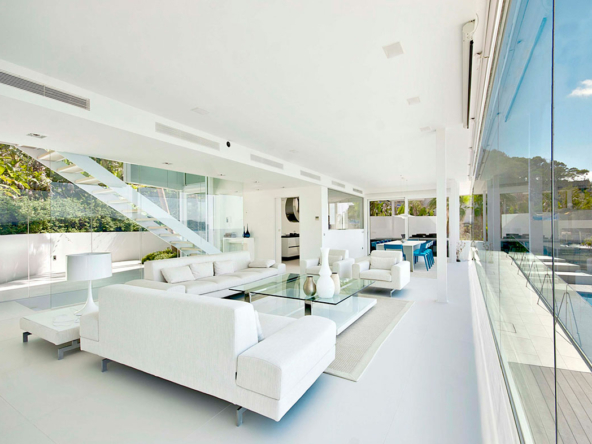Essaouira (/ˌɛsəˈwɪərə/ ESS-ə-WEER-ə; Arabic: الصويرة, romanized: aṣ-Ṣawīra), known until the 1960s as Mogador (Arabic: موغادور, romanized: Mūghādūr, or موݣادور, Mūgādūr), is a port city in the western Moroccan region of Marrakesh-Safi, on the Atlantic coast. It has 77,966 inhabitants as of 2014.
The foundation of the city of Essaouira was the work of the Moroccan ‘Alawid sultan Mohammed bin Abdallah, who made an original experiment by entrusting it to several architects in 1760, in particular Théodore Cornut and Ahmed al-Inglizi, who designed the city using French captives from the failed French expedition to Larache in 1765, and with the mission of building a city adapted to the needs of foreign merchants. Once built, it continued to grow and experienced a golden age and exceptional development, becoming the country’s most important commercial port but also its diplomatic capital between the end of the 18th century and the first half of the 19th century.
Medina of Essaouira was designated by the UNESCO a World Heritage Site in 2001.
Name and etymology
The name of the city is usually spelled Essaouira in Latin script, and الصويرة in Arabic script. Both spellings represent its name in Moroccan Arabic, aṣ-Ṣwiṛa. This is the diminutive[2] (with definite article) of the noun ṣuṛ which means “wall (as round a yard, city), rampart”.[3] The pronunciation with pharyngealized /ṣ/ and /ṛ/ is a typically Moroccan development. In Classical Arabic, the noun is sūr (سور, with plain /s/ and /r/), diminutive suwayrah (سويرة); this is the only form cited in all dictionaries of Classical Arabic. Hence, the spelling of the name in Arabic script according to the classical pronunciation is السويرة al-Suwayrah (with sīn not ṣād).
Until the 1960s, Essaouira was generally known by its Portuguese name, Mogador. This name is probably a corruption of Amegdul (Arabic: أمقدول, romanized: Ameqdūl), which was mentioned by the 11th-century geographer al-Bakrī.[4] The name Mogador originated from the Phoenician word Migdol, meaning ‘small fortress’.[5]
History
Archaeological research shows that Essaouira has been occupied since prehistoric times. The bay at Essaouira is partially sheltered by the island of Mogador, making it a peaceful harbor protected against strong marine winds.
Antiquity
Essaouira has long been considered one of the best anchorages of the Moroccan coast. The Carthaginian navigator Hanno visited in the 5th century BCE and established the trading post of Arambys.
Around the end of the 1st century BCE or early 1st century CE, the Berber king of Mauretania Juba II established a Tyrian purple factory, processing the murex and purpura shells found in the intertidal rocks at Essaouira and the Iles Purpuraires. This dye colored the purple stripe in the togas worn by the Senators of Imperial Rome.
A Roman villa was excavated on Mogador island.[6] A Roman vase was found as well as coinage from the 3rd century CE. Most of the artifacts are now visible in the Sidi Mohammed ben Abdallah Museum and the Rabat Archaeological Museum.




